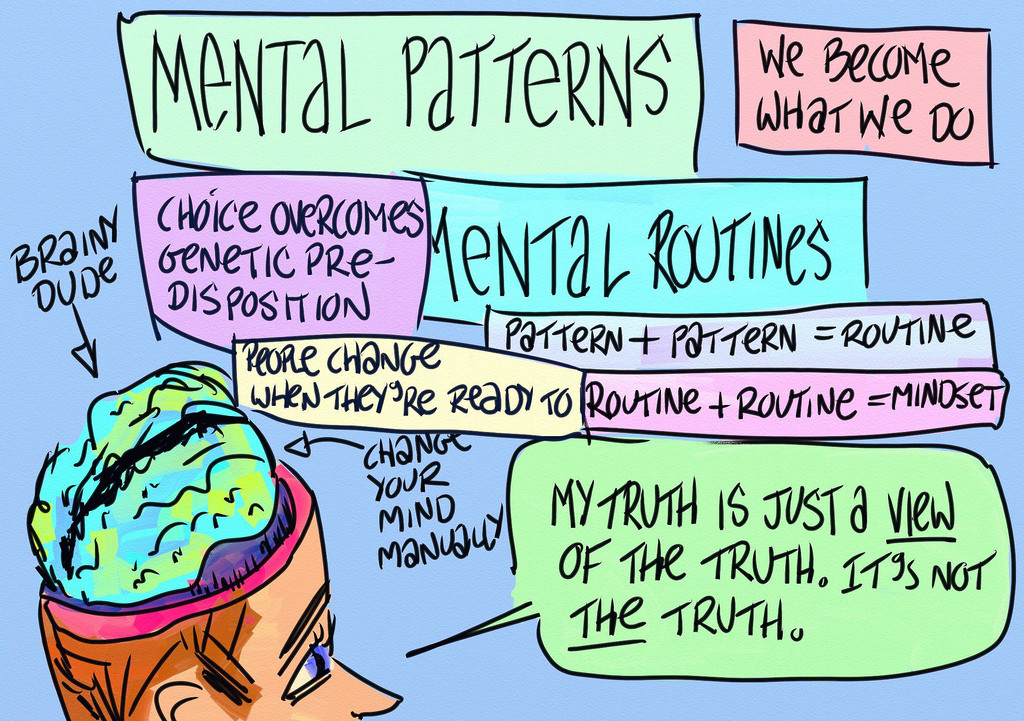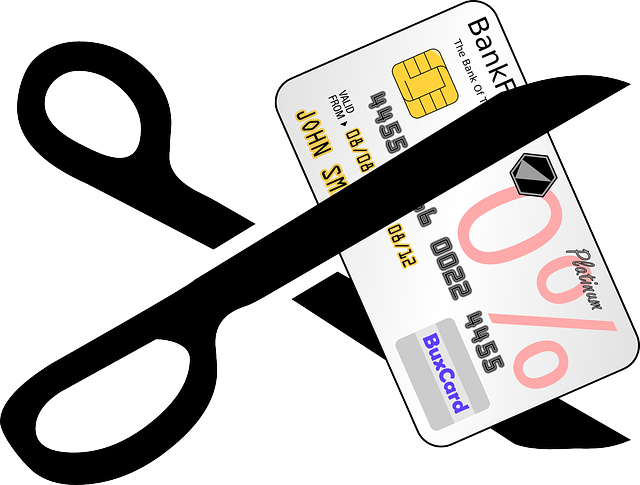Normal isn’t really a yardstick by itself.
It’s a standard we create based on a stereotype.
In conversation, we’ll often hear people saying what is and what isn’t normal — like talking to yourself, being color blind or wanting to live alone isn’t normal. None of it means anything more than that the speaker has a smaller, homogenous sample size of acquaintances.
You could simply walk up to them and say “hey, you need to get out more and see the world.”
Apparently, though, this problem of normalizing thoughts is a global problem, particularly when it comes to the way people observe and react to the human spectrum of emotions and situations around them.
Unfortunately, this means that even now people with schizophrenia, depression and bipolar disorders are called mad in many parts of the world, and mental health is still stigmatized.
In 1887, groundbreaking American journalist Nelly Bly published “Ten days in a madhouse” after she faked insanity and went undercover to report on the condition of women in the Women’s Lunatic Asylum on Blackwell’s Island.
A hundred and twenty eight years later, the situation for women with mental illnesses hasn’t changed too much around the world.
A recent study by Washington-based Disability Rights International found that 42 percent of Mexican women with mental disorders were pressured into abortions and sterilizations by their family and healthcare specialists, and 43 percent had suffered abuse and even rape at the hands of their gynecologist.
The situation is hardly any better for men with such disorders.
In the Frederico Mora Hospital in Guatemala, a mental health institution, patients are too sedated to walk themselves to the restrooms or know if they are being raped or sexually abused, a BBC undercover study revealed in December last year.
In China, an estimated 173 million people suffer from a mental disorder according to a 2009 study in The Lancet, a British medical journal, but with only 20,000 psychiatrists. That’s about 1.5 psychiatrists for every 100,000 patients.
Fifty eight percent of the people that approach Time to Change, a British mental health anti-stigma nonprofit, told the organization that the stigma was actually much worse than the illness itself.
A Centers for Disease Control report states that only 25 percent of adults with mental illnesses believe others are sympathetic toward those struggling with these disorders.
In developing societies, stigma leads to abuse; in developed societies, it prevents adults from socializing, and often impacts their children, who end up facing abuse or are bullied by peers.
And the root of it all is a centuries-old conditioning — the notion that people who don’t behave like others, or that don’t perceive the world around them in the usual manner are mad, or heretics and should be guillotined.
I’m not going to harp on how important it is to be patient with those that are struggling with mental disorders or how difficult it gets for these people at times to haul themselves out of bed, out of their comfort zone to socialize with those around them only to be alienated.
Instead, I’m going to ask you to think about yourself for a moment. Think how about how often you’ve sat on a bus or walked into a store, seen someone who doesn’t behave like you and judged them?
How often have you told a friend of yours they need to be more normal?
How often have you used the word “normal” without even realizing that your normal and my normal are very different, that your orange could be my brown?
Or that the black curtain you see might be the entrance to hell for me?













